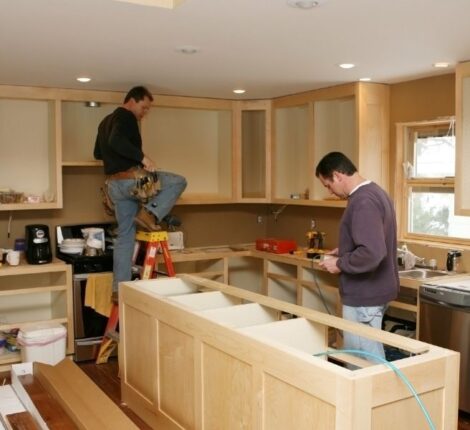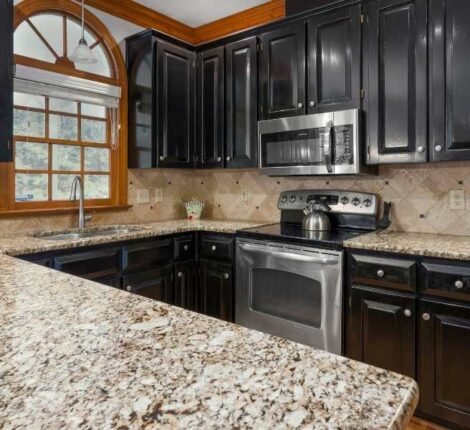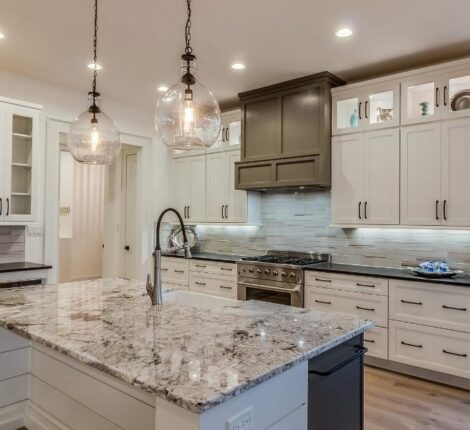Signs It’s Time to Replace Your Flooring
Flooring plays a significant role in the look, feel, and functionality of your home. From heavy foot traffic to accidental spills, floors endure a lot over time. But how do you know when your flooring has reached its limit? Recognizing the signs can save you from ongoing repairs and maintain the overall safety and aesthetics of your space. Here are the clear indicators that your flooring might be due for a replacement.
Visible Wear and Tear
Over time, all flooring types show signs of wear. Scratches, gouges, and fading are common for hardwood and laminate, while tiles may crack or chip. Carpets can develop bald spots, stains, or matting that no amount of cleaning can fix. These imperfections not only detract from your home’s appearance but can also make cleaning and maintenance more challenging. If the damage covers a significant area or keeps worsening despite efforts to fix it, replacing the flooring is likely your best option.
Persistent Stains and Discolouration
Stains and discoloration can happen for various reasons, such as spills, prolonged sunlight exposure, or moisture damage. In carpets, stains that resist professional cleaning may indicate that the fibers have absorbed substances too deeply to be removed. Hard flooring, such as vinyl or laminate, may develop fading or uneven coloring from prolonged wear. If your flooring looks patchy or dull even after a thorough cleaning it may be time to consider new materials.
Water Damage
Water damage is one of the most serious issues for flooring. Warping, buckling, or cupping are common signs in wood and laminate floors exposed to moisture. Tiles may loosen or develop cracks due to water seeping underneath. The carpet may harbor mold or mildew if it’s been wet for an extended period. Since water damage can compromise the structural integrity of your flooring and lead to health hazards like mold growth, addressing it promptly is essential. Replacing the floor may be necessary if repairs are not feasible.
Squeaks, Creaks, and Movement
Floors should feel solid underfoot, not wobbly or noisy. Squeaks and creaks often indicate issues with the subfloor, while uneven or shifting surfaces can point to structural problems. Over time, the connections in floating floors can weaken, causing sections to move when stepped on. Loose or unstable flooring can present a tripping hazard and may require a complete overhaul to restore safety and functionality.
Outdated Style
While functionality should be your priority, outdated flooring can make your home feel less appealing. Trends in flooring evolve, and materials like patterned linoleum or shag carpeting can make your home look stuck in another era. If you’re planning to sell your property or simply want to update its look, replacing your flooring with modern materials can boost its value and aesthetic appeal.
Allergies or Poor Air Quality
Old carpet or flooring materials can trap allergens like dust, pet dander, and pollen, contributing to poor indoor air quality. Even hardwood and laminate floors can collect debris in cracks or under-worn protective coatings. If allergy symptoms worsen or your floors constantly seem dusty, replacing them with hypoallergenic and easy-to-clean options can create a healthier living environment.
Persistent Odours
Unpleasant smells that linger despite deep cleaning often come from flooring materials themselves. Carpets can absorb pet odors, food spills, or mold growth, while hard floors may harbor smells from moisture damage. If your flooring consistently smells musty or unpleasant, replacing it can eliminate the issue and freshen your home.
Structural Concerns
Floors with noticeable sagging, gaps, or other structural problems should be addressed immediately. These issues can signal damage to the subfloor or foundation, which affects the overall safety of your home. Replacing the flooring allows you to inspect and repair any underlying issues, ensuring a safe and durable base for your new materials.
Difficulty Maintaining Cleanliness
If your floors seem impossible to clean no matter how often you sweep, mop, or vacuum, it could be a sign of deep wear. Scratched surfaces on hardwood or laminate can trap dirt, while old carpets may hold onto debris even after professional cleaning. New flooring materials with advanced finishes and durability features can simplify your cleaning routine and restore a fresh appearance.
Frequent Repairs
When you find yourself repeatedly fixing tiles, resealing wood, or patching up carpets, it might be time to stop sinking money into repairs. Frequent fixes can add up over time, making a full replacement more cost-effective in the long run. Modern flooring options are designed to last longer and withstand wear better than older materials, making replacement a worthwhile investment.
Recognizing the signs that your flooring needs replacing is essential for maintaining the safety, comfort, and aesthetic appeal of your home. From structural concerns to persistent odors and outdated styles, acting sooner rather than later can save you money and effort in the long run. If you’re considering new flooring, Southpoint Kitchen & Bath offers a wide range of high-quality options to suit your needs. Contact us today to explore materials and solutions for your home.




